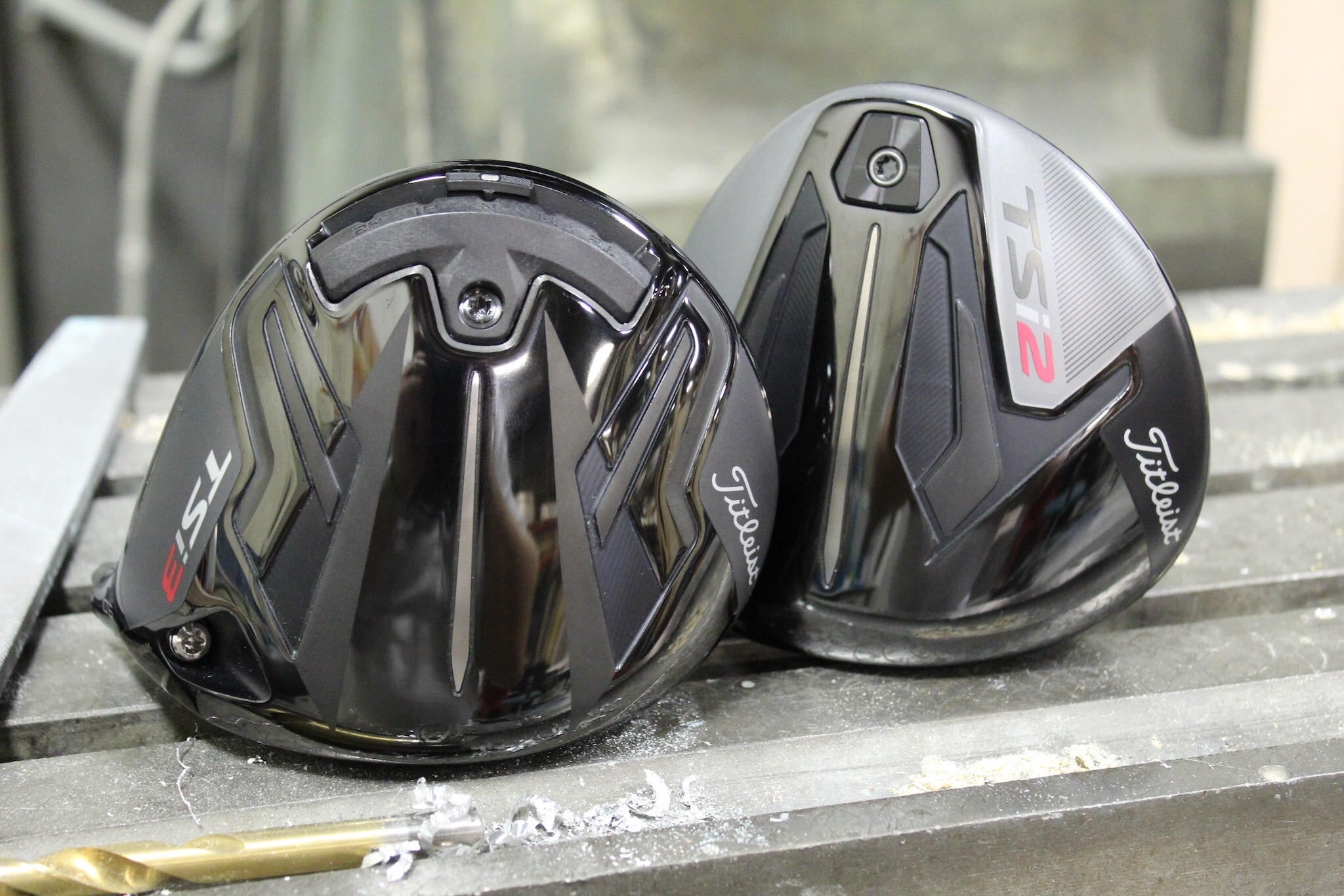
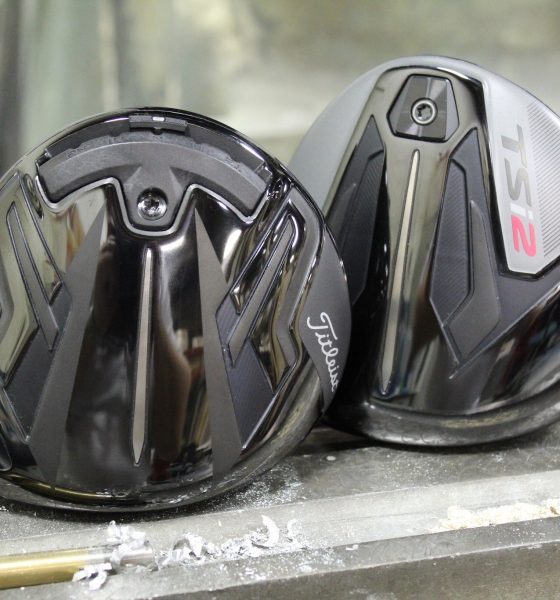
Equipment
2021 Titleist TSi2 and TSi3 drivers continue the Titleist Speed Project
The new 2021 Titleist TSi2 and TSi3 drivers are all about getting more distance more often, and the engineering team behind the TSi Series have exhausted every possible avenue to build the fastest, longest, and most consistent drivers they have ever put into the hands of golfers.
But, before we get to what’s new, we have to take a look back. The Titleist TSi Series drivers build on the unprecedented success of the original TS Series, which were kicked off with the introduction of the TS2 and TS3—the first drivers to come from what Titleist calls its “Titleist Speed” Project (in case you were curious what TS stands for). This resulted in Titleist forever changing the way they design and build their drivers, with the TS Series having 20-percent thinner crowns and faces six grams lighter than the previous models.
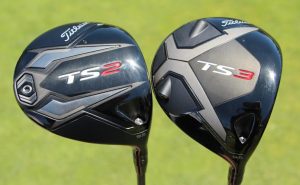
These changes and engineering breakthroughs immediately thrust Titleist into the conversation around the fastest drivers on the market, and forever did away with the old “they’re really good but not the longest” stereotype.
This “new boundary-pushing Titleist” is no accident either. Since 2008, the golf club R&D department has gone from 13 engineers and designers to over 70—that means more brainpower focused on each individual project, which in turn results in more people time per product category and better golf clubs.
Titleist’s driver evolution – From “concept” to reality
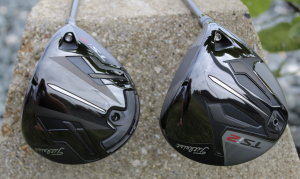
As much as the conversation around the new TSi2 and TSi3 drivers is about the evolution from the original TS Series, the truth is it really started years before that with the C16 (“C” standing for Concept and 16, its year of release, 2016 ). It was the first time Titleist introduced to consumers what it called a “no holds barred approach to design and materials”—a true “if we build it, they will come” line of clubs. The C16 driver alone debuted with a $1,000 price tag…and quickly sold out.
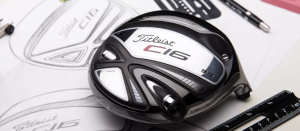
For Titleist and its team of engineers, it allowed them to remove the reigns of cost and do whatever it takes to push manufacturing and material technologies in search of ultimate performance. Looking back on the C16 driver now, even then they were dropping hints about future designs.
“These clubs are previews of what’s to come. Maybe not in the next generation. Maybe in two generations.” – Titleist on the C16 series.
The C16 driver gave us SureFit adjustable CG (center of gravity) weighting, which became part of the full retail line in within a year with the launch of the 917D3—and here’s the big one: an ultra-thin, ATI-425 Titanium Crown, the first driver to use this super-strong patented material in the golf club space.
Titleist TSi2 and TSi3 drivers
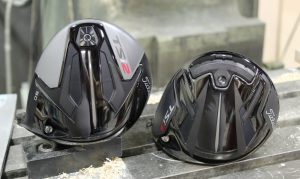
The “i” is for “innovation”
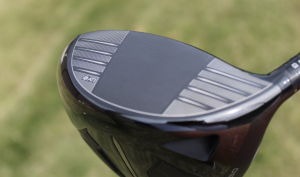
Titleist’s ATI-425 Titanium face
Titleist has enjoyed using extra letters to denote key features of some of its newest models—the most recent is the T100s with the “S” standing for both “strong” and “speed.” The “i” in TSi is no different but it has a few more meanings attached beyond the obvious “innovation.”
Inertia
Both of the new TSi Series drivers have boosted MOI over the previous generation beyond the traditional heel and toe forgiveness.
- Titleist TSi3 Sole
- Titleist TSi2 Sole
Engineers spent a huge amount of time figuring out a way to make the drivers more stable higher and lower on the face to help boost “high-low” MOI to create smaller launch windows and greater spin robustness. Spin robustness is a term we will continue to hear more about since driver faces can’t get any faster (off the middle), per the rules of golf, but enhancing a club’s ability to generate tighter spin robustness creates more consistent numbers and smaller standard deviation from optimal conditions.
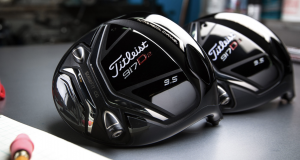
The now 2 generations old 917 Series with ARC on sole
This was achieved in previous generations of Titleist drivers with ARC (Active Recoil Channel), to aid shots hit lower on the face, but it required the use of extra material which was able to be eliminated with the launch of the TS. In essence, Titleist engineered it obsolete for use in their drivers.
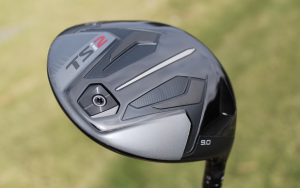
According to Titleist, the TSi2 has an improved high/low inertia of 13 percent, while the TSi3 comes in at 10 percent. In the world of engineering, single percent advancements are considered a big step so for Titleist to hit double digits on both products should be considered a big leap.
- TSi3 Driver from address
- TSi2 driver from address
The final part of the inertial story is about shaping—for both speed and altering the internal weight properties of both drivers to make them more forgiving. Shaping is less a technology component and more about the overall design because when it comes to manufacturing a driver head, adjusting the shape doesn’t add cost—engineers call this “free technology.”
The weight saving and reshaping resulted in lower, deeper centers of gravity for both heads, which when taken out into the real world for testing creates more dynamic loft—this is why for the TSi Series drivers the lofts have all been strengthened by 1/2 degree to help maintain proper launch windows.
The reshaping also created a 15-percent reduction in total drag around the head thanks to improved aerodynamics. Truly no detail has been overlooked.
Impact
The Tsi2 and TSi3 drivers utilize ATI-425 titanium for the face insert, allowing engineers to once again make the faces thinner to reduce weight while also increasing the overall elasticity for better ball speed retainment. ATI is also known as Allegheny Technologies Incorporated, and you will find their logo has a nice little place on the face of the new drivers.
To add some additional background, ATI is a massive specialty materials company headquartered in Pittsburgh, PA, with sales that surpassed $4 billion dollars in 2019. Materials they have designed are used in medical devices, jet engines, nuclear submarines, wind turbines, deepsea mining, military aircraft bodies, and other defense applications.

The ATI-425 titanium is manufactured in their state of the art factory in Pittsburgh, and compared to the conventional titanium alloys used in golf, offers a six-percent higher yield strength, four-percent higher tensile strength, and most importantly a 30-percent higher ductility. Titleist is currently the only company using ATI-425.
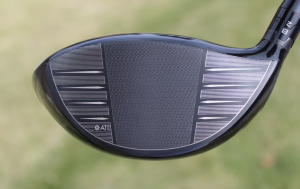
This titanium material allows Titleist engineers to design thinner, faster faces since it can handle higher stress while remaining extremely durable. This leads to higher COR/CT around the entire face while still keeping within compliance of the rules. It’s a fine line to walk, but when you’re pushing limits of performance, you need to look for every advantage.
The other advantage Titleist has on the manufacturing side is engineers don’t cut corners. Every head is tested for CT multiple times in multiple locations through the process—this leads to some of the tightest tolerances in the industry and ensures that the driver in your hands is at the limit. It’s no different than how Titleist treats clubs on the other end of the spectrum by measuring the grooves of every single Vokey wedge that comes out of production.
The final part of “impact” is of course the moment of impact and acoustics. The new Titleist TSi drivers have already been described as being “solid soft” (which I realize is an oxymoron). They have a nice pitch that lets you know you hit it well, but the overall tone is softer and more elongated rather than sharp. It’s not an easy thing to achieve when you have a thin-wall constructed object hitting another solid object traveling over 100 mph, but to get a good idea, here is our own Johnny Wunder hitting a TSi3.
Integration
This is where we bring together the new materials and the redesigned aerodynamic shape and add in a few more pieces of new and improved technology.
SureFit weighting goes all the way back to the C16, which was the first Titleist driver to offer an adjustable center of gravity. Since then, Titleist has continued to refine the technology, and the TSi3 represents by far the best system to date for both golfers and fitters alike for a number of reasons.
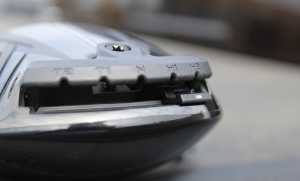
First, let’s talk about fitters. The original SureFit was the perfect “set it and forget it” system, but it also meant that if you had to check how the driver was set up, you had to look very closely at the small port. Then you had to pull the cap off, get out your weight kit, adjust, and then finally reinstall the cap. I’m willing to bet Titleist had to ship out a few replacement caps to golfers that lost them during the adjusting process.
The new system eliminates the need to remove any cap and instead replaces the old port with a new set five-position track. The driver comes stock with an eight-gram weight with additional weights available in two-gram increments up to 12 grams and down to four. This makes dialing in head weight and ball flight tendencies much easier than before and improves the overall fitting process.
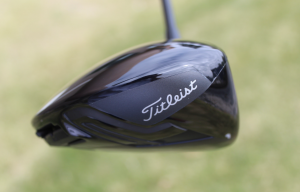
Now for golfers. Beyond the much great ease of adjustability, the biggest issue some found with the configuration of the TS3’s sole was the way the SureFit port stuck out from the sole and created some resistance in the backswing—it was a comment both from regular golfers and some of Titleist’s tour staff. It seems like a minor issue, but when you’re about to launch a golf ball 300 yards down a fairway, it’s pretty important to feel comfortable making a backswing.
And there we have it, new face, new sound, new shape, and new weighting system to make the TSi Series drivers the best Titleist drivers to date—but wait there’s more!
New featured & premium featured shafts
With Titleist’s position as a premium golf brand, it is officially eliminating the word “stock” from its vocabulary and replacing it with “featured.”
At Titleist, we are a premium brand and the TSi series woods are a premium performance product. For that reason, we only use real deal aftermarket shafts – not make for “stock shafts.”
Yes, it’s just a name change, but it demonstrates just how far Titleist is willing to go to differentiate itself from its competition—even when it comes to its off the rack featured shaft offerings which include
- Project X HZRDUS Smoke Black RDX: Weight- 60 & 70 grams. Launch- Low/Mid. Spin- Low/Mid, Flex- 6.0 & 6.5
- Mitsubishi Chemical Tensei AV Blue RAW: Weight- 55 & 65 grams. Launch- Mid. Spin- Mid. Flex- R, S, and X
- Mitsubishi Chemical KURO KAGE Black DC, 5th gen: Weight- 50 & 55 grams. Launch- High. Spin- Mid. Flex: A, R, and S
Beyond the featured shafts, Titleist is also offering what it is calling premium featured shafts in partnership with Graphite Design. This allows golfer access to Graphite Design’s top-three shaft brands for a reduced price compared to previous generation drivers.
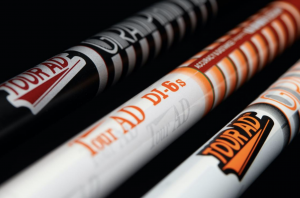
- TOUR AD – DI: Weight- DI 5,6,7,8. Launch- Mid/High. Spin: Low | Flex: X, S
- TOUR AD – XC: Weight- XC 5,6,7,8. Launch- Low/Mid. Spin: Low | Flex: X, S
- TOUR AD – IZ: Weight- IZ 5,6,7,8. Launch- Low/Mid. Spin: Low | Flex: X, S
All Graphite Design shafts are manufactured in Japan to the highest quality standards, and offer unmatched stability and feel by using aerospace quality carbon fibers and cutting edge technology.
But what about a TSi4…and a TSi1?
This is the million-dollar question, and unlike with the previous generation, Titleist has been a little more open about discussing future line add-ons.
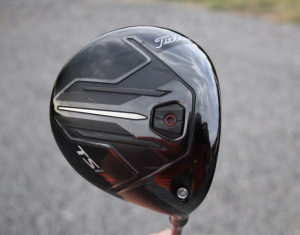
The TSi4 has already been spotted on the USGA conforming list, and in the bag of at least one PGA Tour player, while the TSi1 has not yet been spotted. The likely reason is the TSi1 will be a club designed to cater to golfers at the lower end of the speed spectrum much like the TS1, and since there aren’t any tour players swinging under 90 mph with their driver, there isn’t any rush to get it on the USGA conforming list until closer to its official release date—rumor has sometime in the spring of 2021.
But since both of these clubs are designed for the smallest portion of the fitting bell curve, the chance is if you are in the vast majority of golfers looking to get fit into a new TSi series driver, the TSi2 and the TSi3 is going to offer you an ideal platform to optimize performance and consistency.
TSi driver specs, price, and availability
Titleist TSi2 driver

The TSi2 driver will be available in 9, 10, and 11-degree lofts in both right and left-handed with an 8-degree head available through custom order in right-hand only.
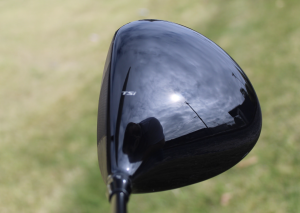
Titleist TSi3 driver
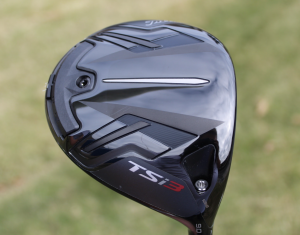
The TSi3 driver will be available in 8, 9, and 10-degree lofts in both right and left-handed with an 11-degree head available through custom order in right hand only.
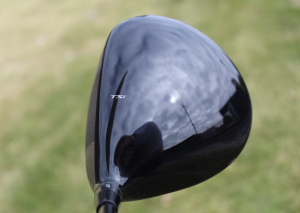
The stock lengths for both drivers is 45.5″, and the grip is the Golf Pride Tour Velvet 360 grey flat cap.
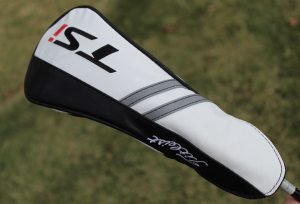
Both drivers are priced at $550 with featured shafts (see above options); the premium featured shafts are an additional $200, totaling $750.
The new 2021 Titleist TSi2 and TSi3 drivers will be available for custom fitting beginning today, October 15th, 2020 through Titleist authorized dealers, fitting centers, and at Titleist Thursday events being held nationwide. They will be at retail on shelves starting November 12th.
To find an event, or book a TSi driver fitting with a Titleist Product Specialist visit the website here.
- LIKE147
- LEGIT8
- WOW9
- LOL6
- IDHT1
- FLOP3
- OB3
- SHANK6
Equipment
Jason Day on his recent switch into Srixon ZX5 and ZX7 MK II irons
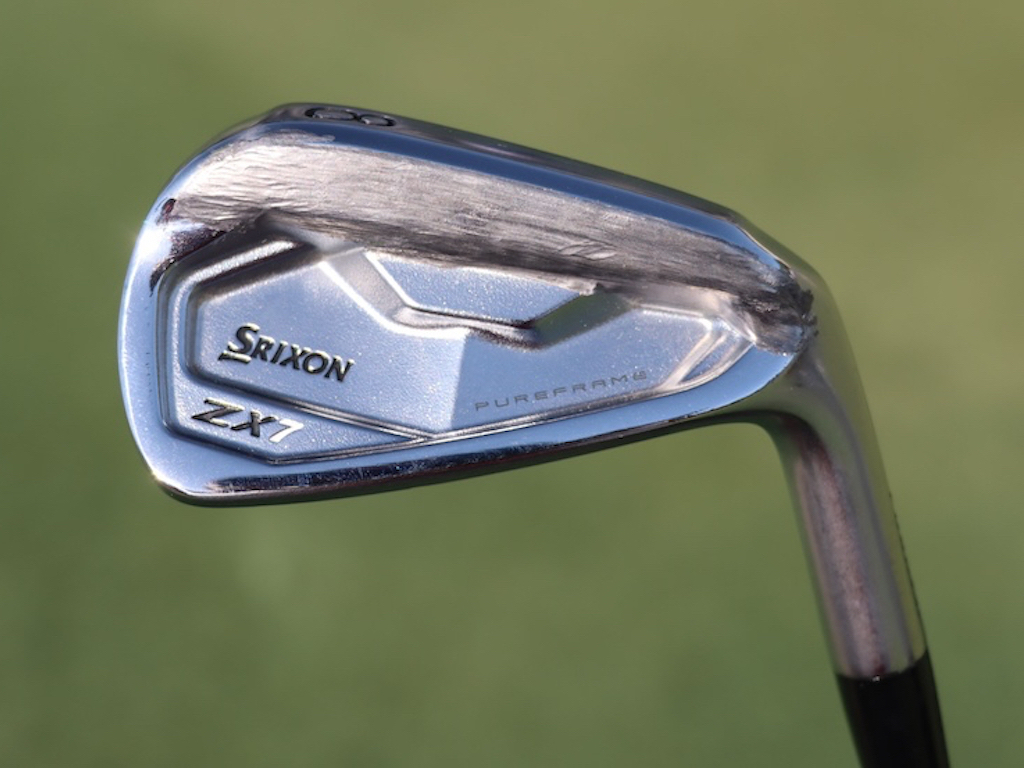
Over the past year, equipment free agent Jason Day has played a number of different iron sets looking for his right match.
In May 2023, he was using a TaylorMade P770 4-iron to go along with a set of P7MC irons (5-PW).
In August 2023, he had switched to a set of TaylorMade P7TW irons (5-PW) to go with his P770 4-iron.
Then, in February 2024, he was into a full set of P760 irons (4-PW).
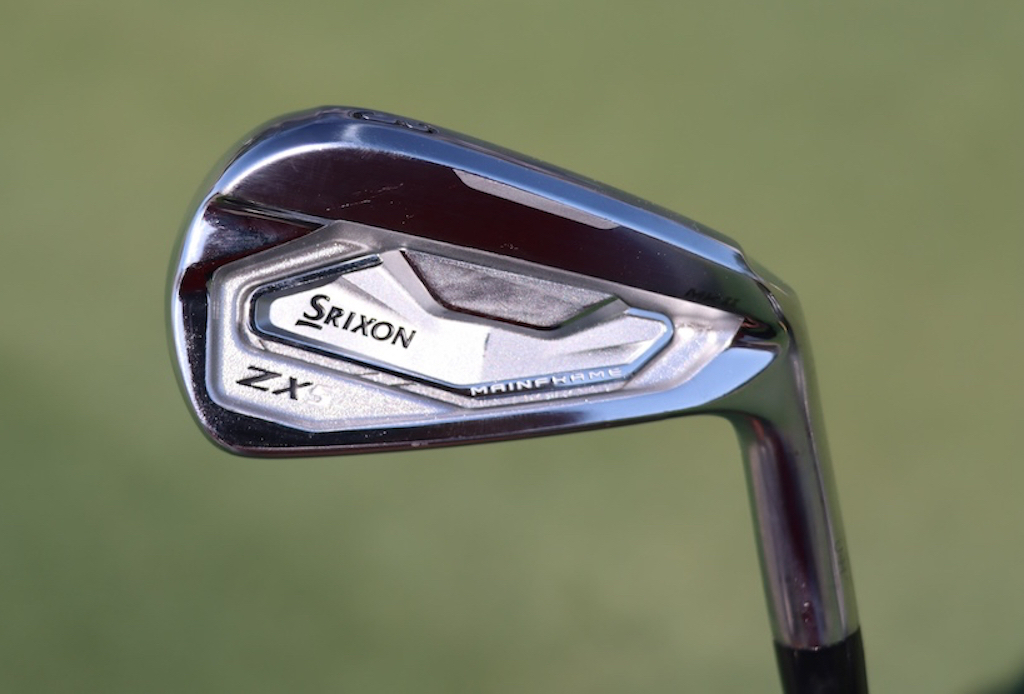
Now, Day has switched it all the way up, and he’s currently using a new set of Srixon ZX5 MK II long irons (3 and 4), and Srixon ZX7 MK II mid-to-short irons (5-PW).
On Tuesday at the 2024 RBC Heritage, Day told GolfWRX.com that he made the switch before the 2024 Texas Children’s Houston Open, because he was looking to reduce spin.
“For me, they spin a little bit less,” Day said. “They’re very good out of fairway bunkers, too. I haven’t played too much in the rough yet, so I still need to get an understanding of how the come out of the rough, but for me, it was all about spin control.”
“I had tested the previous model to these [Srixon ZX7’s], but I only had one club. And I was getting some inconsistent spinny with my previous irons, so I just decided to at least give them another shot. My biggest thing was to take spin off, because I was spinning it like crazy.”
The Srixon ZX7 MK II irons are known for producing low spin numbers, and pairing them with Day’s typical ultra-stiff True Temper X7 shafts make them certified spin killers.
If it’s spin he wanted to reduce, then Day may have found his match with the new Srixon irons.
See what else Day has in the bag at the 2024 RBC Heritage here
- LIKE12
- LEGIT1
- WOW2
- LOL1
- IDHT0
- FLOP0
- OB0
- SHANK3
Whats in the Bag
Jason Day WITB 2024 (April)
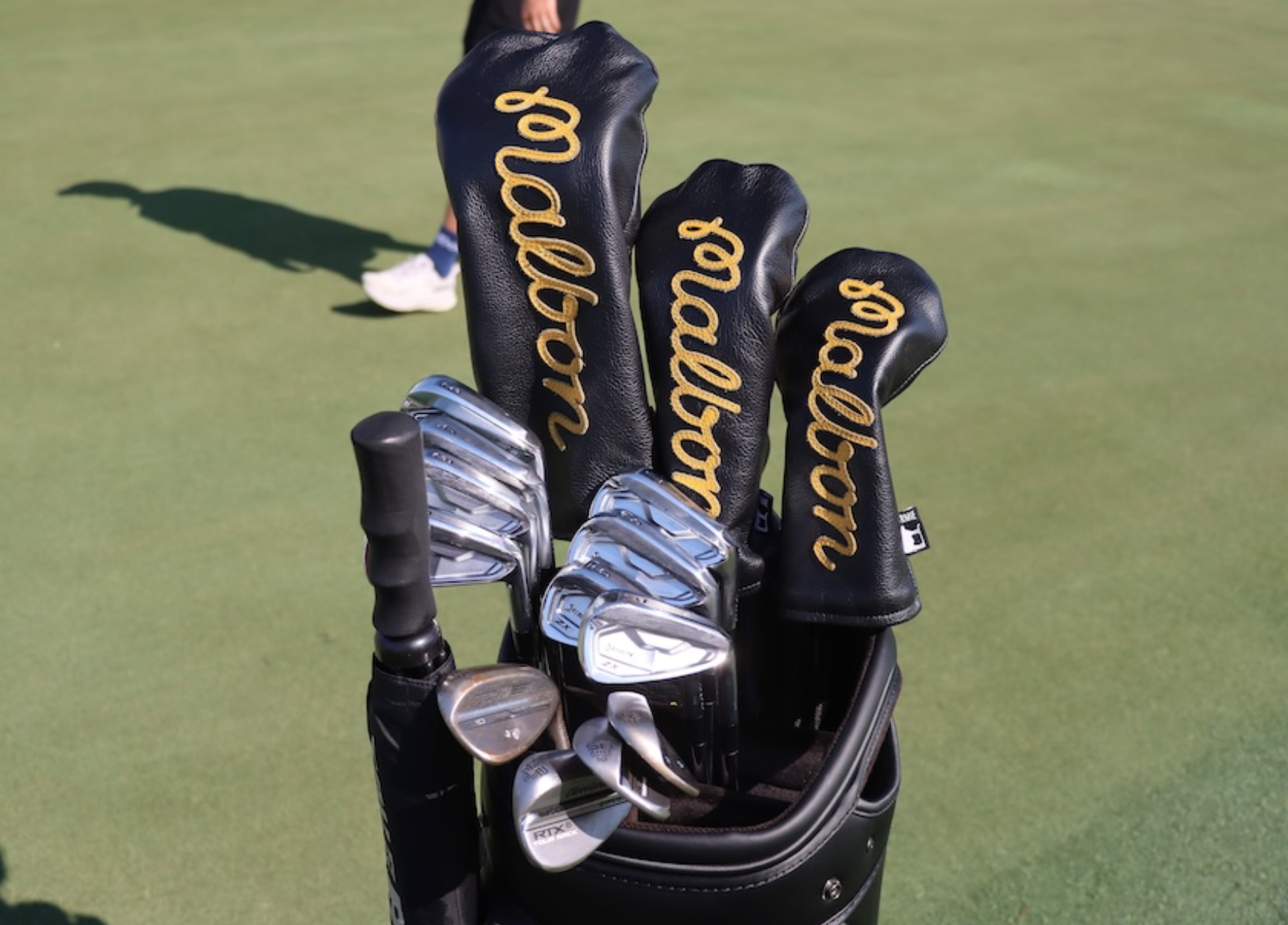
- Jason Day what’s in the bag accurate as of the RBC Heritage.
Driver: Ping G430 LST (9 degrees @10)
Shaft: TPT Driver 15 Lo
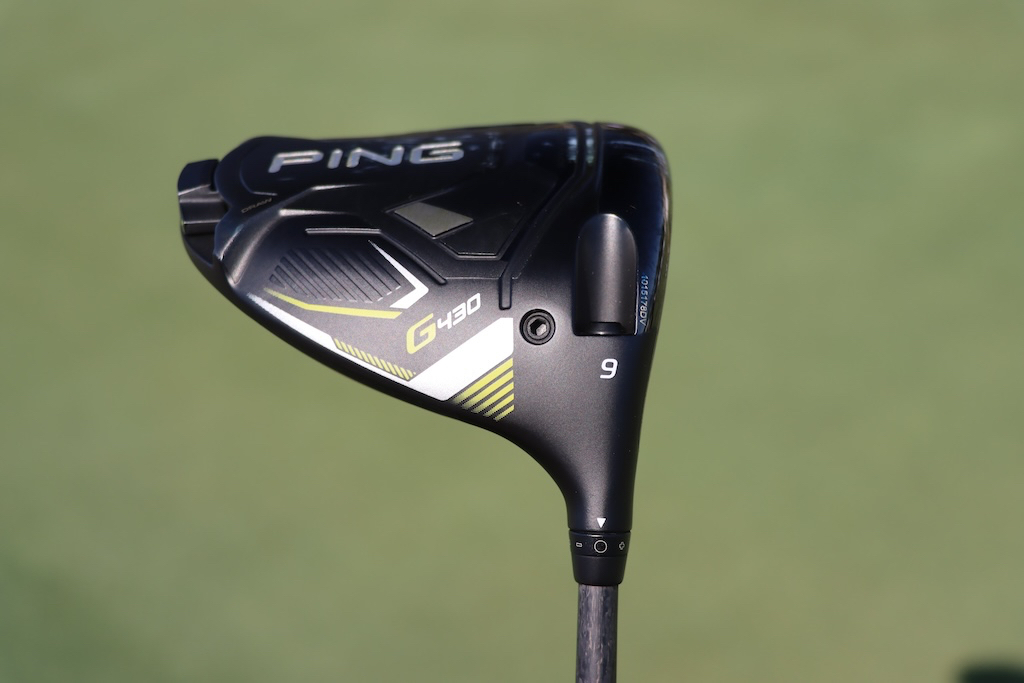
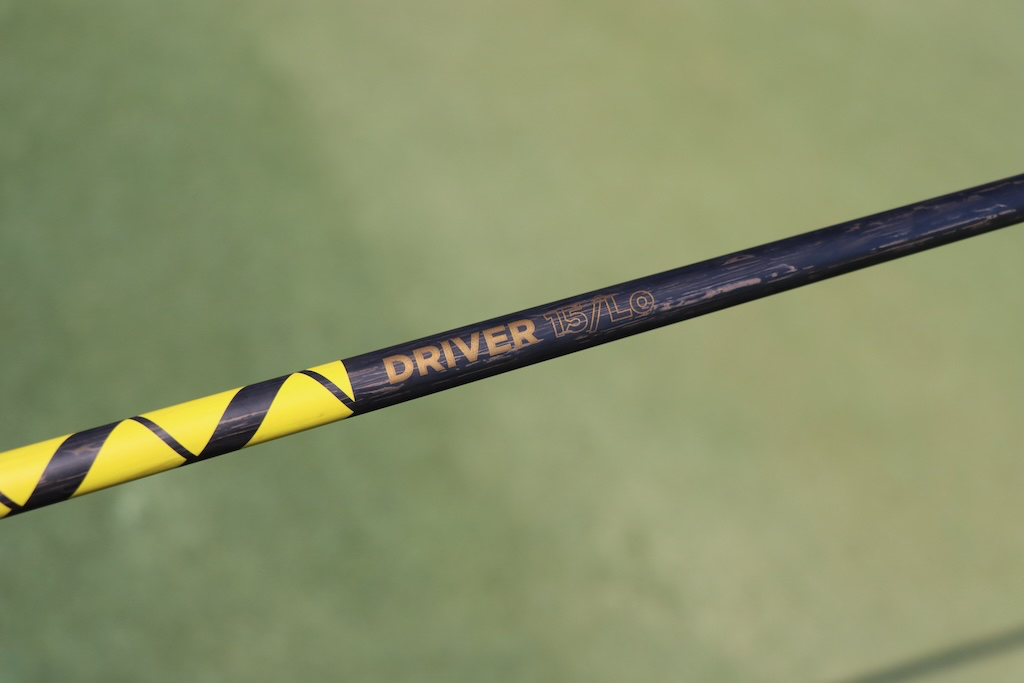
3-wood: TaylorMade SIM Max (15 degrees)
Shaft: Mitsubishi Kuro Kage 80 X
7-wood: TaylorMade Stealth (21 degrees)
Shaft: Mitsubishi Kuro Kage 80 X
Irons: Srixon ZX5 Mk II (3, 4), Srixon ZX7 Mk II (5-PW)
Shafts: True Temper Dynamic Gold X Seven
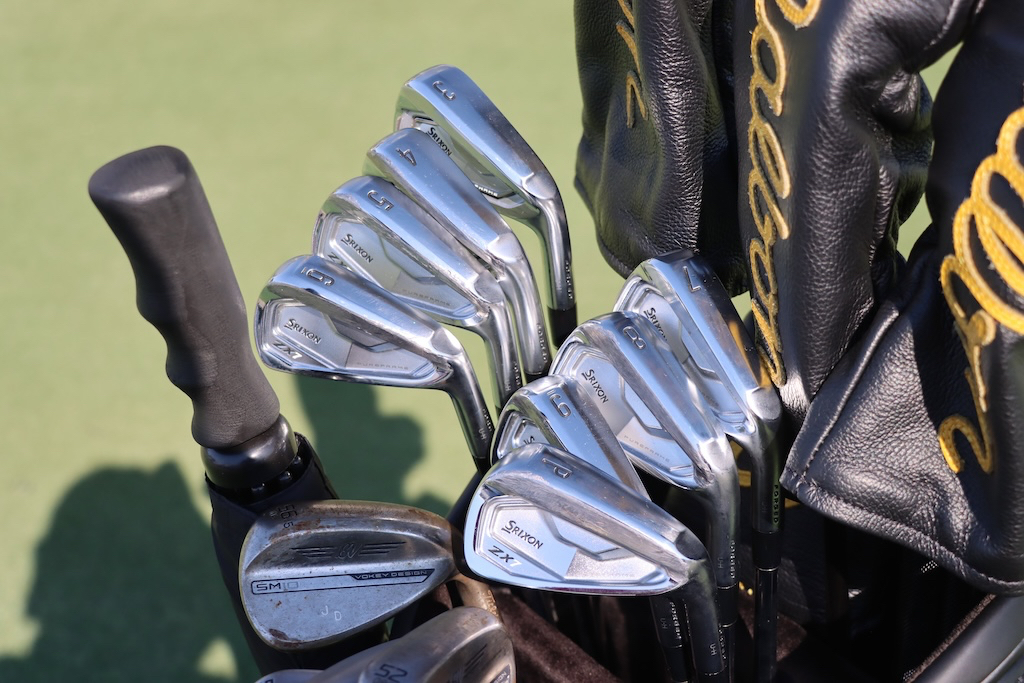
Wedges: Titleist Vokey Design SM10 (52-08F, 56-10S, 60-04T), Cleveland RTX 6 ZipCore Tour Rack (56-10 MID, 52-10 MID)
Shafts: True Temper Dynamic Gold X Seven
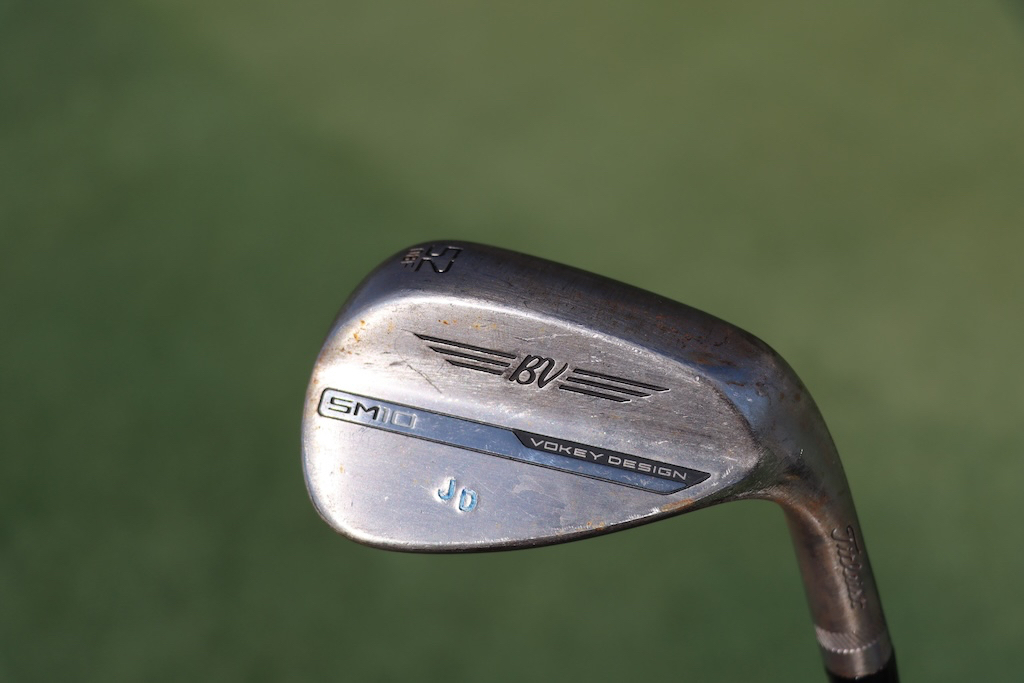
Putter: TaylorMade Itsy Bitsy Spider Limited
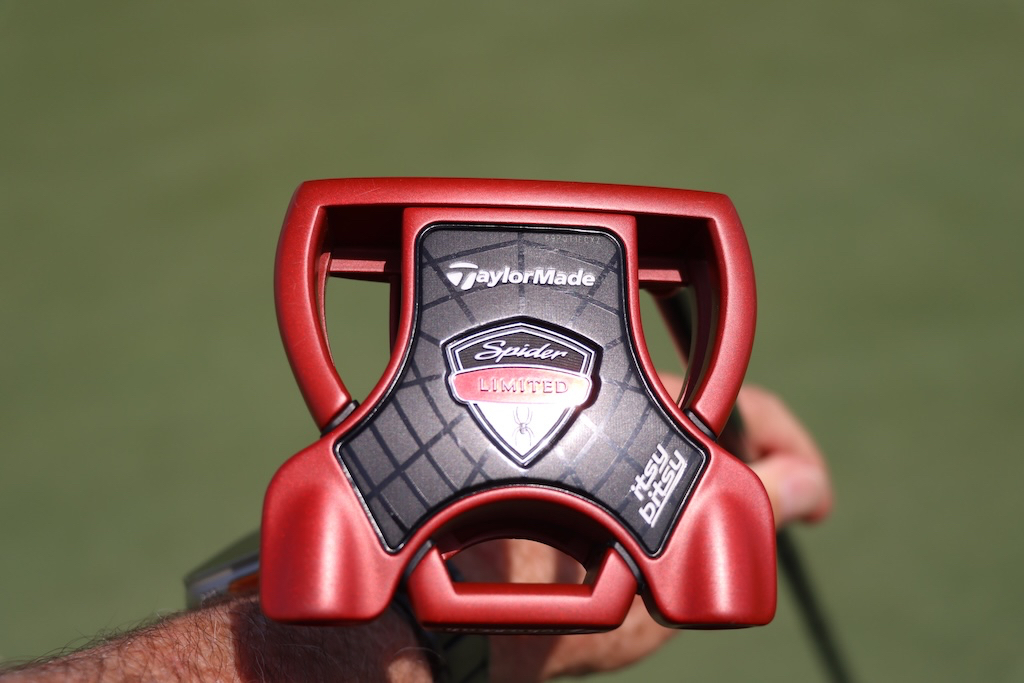
Grips: Golf Pride Tour Velvet Cord
Ball: Bridgestone Tour B X (with Mindset)
Check out more in-hand photos of Jason Day’s WITB here.
- LIKE5
- LEGIT3
- WOW0
- LOL0
- IDHT0
- FLOP0
- OB1
- SHANK0
Whats in the Bag
Ludvig Åberg WITB 2024 (April)
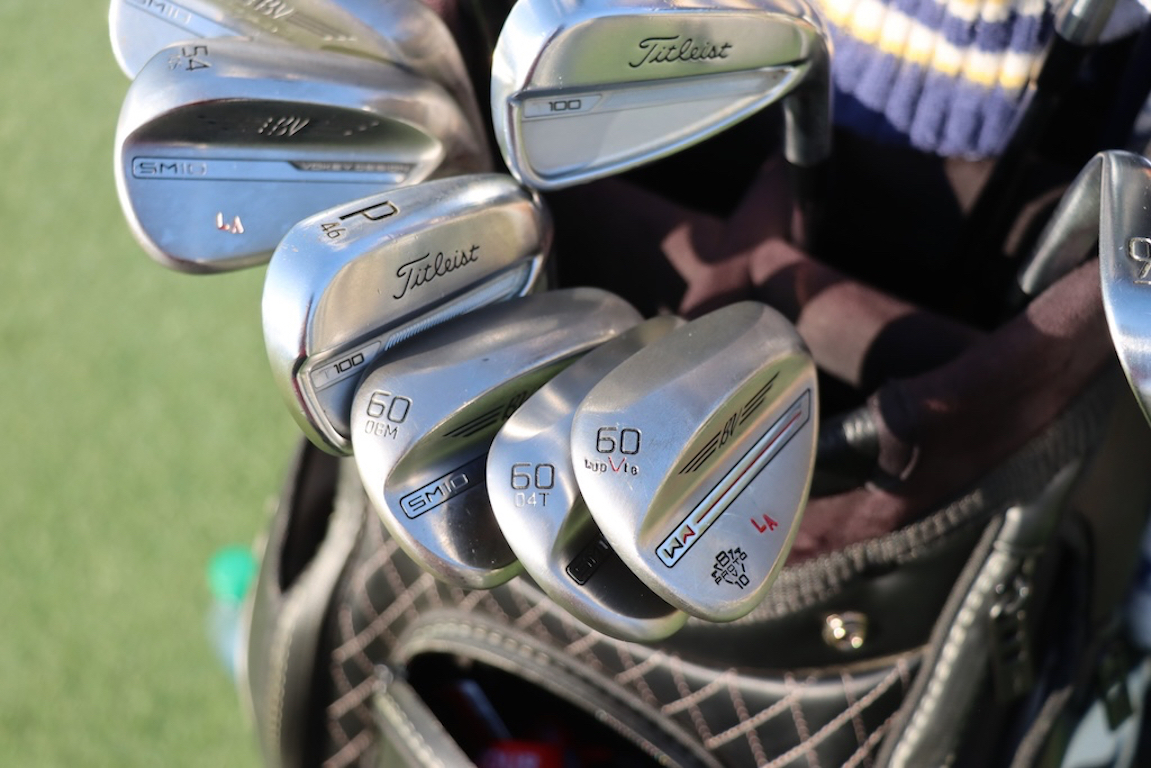
- Ludvig Åberg what’s in the bag accurate as of the RBC Heritage.
Driver: Titleist TSR2 (9 degrees, D4 SureFit setting)
Shaft: Fujikura Ventus Black 6 X
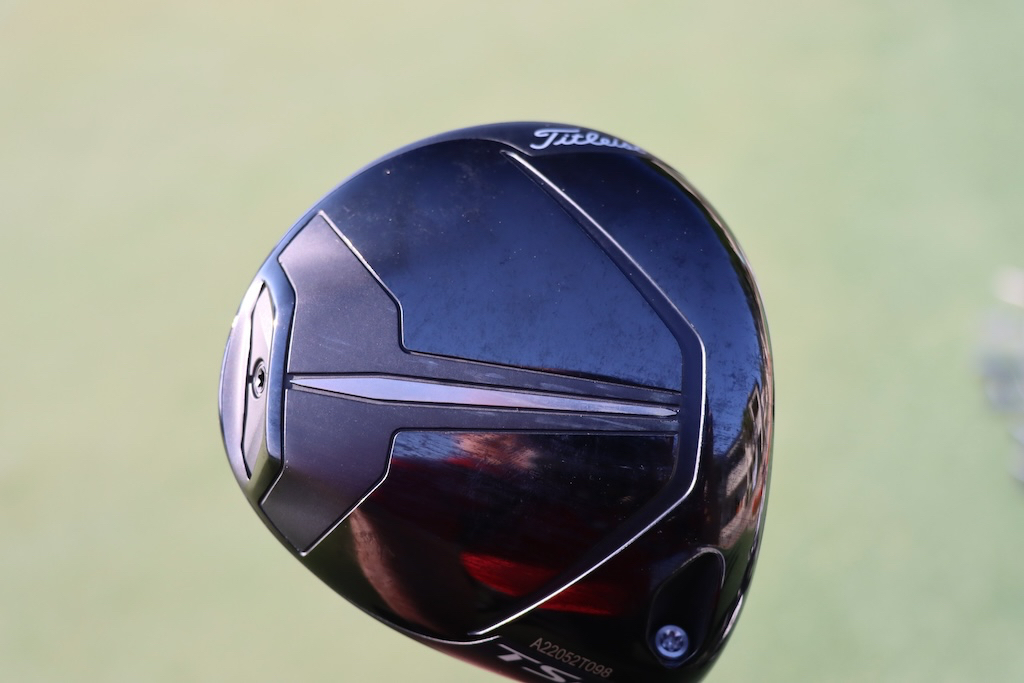
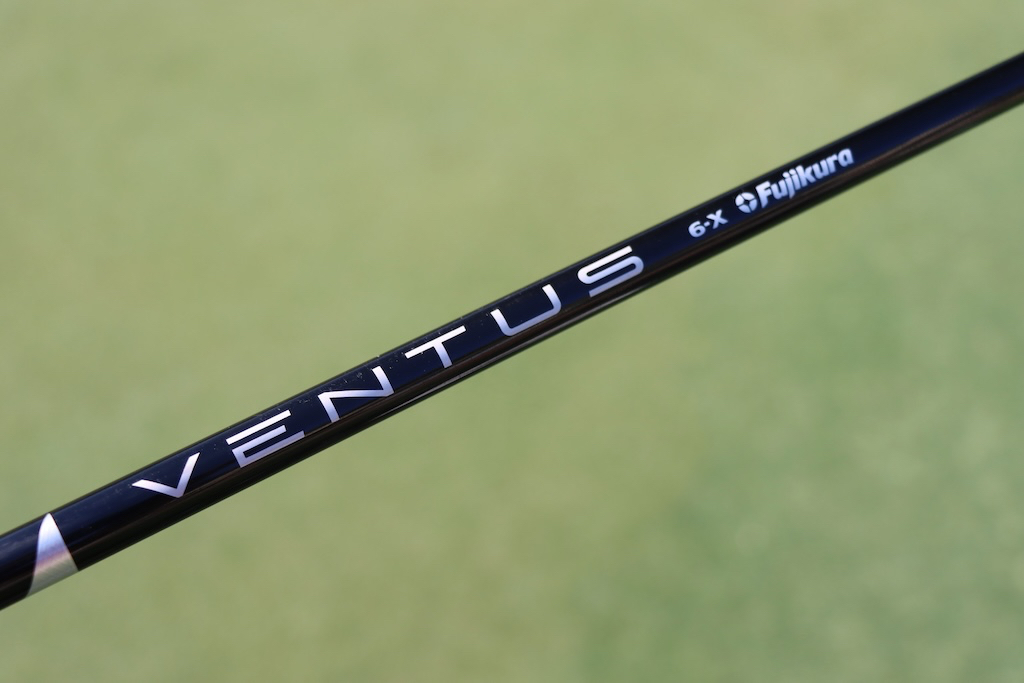
3-wood: TaylorMade Stealth 2 (15 degrees)
Shaft: Fujikura Ventus TR Blue 8 X
5-wood: TaylorMade Stealth 2 (18 degrees)
Shaft: Fujikura Ventus TR Blue 8 X
7-wood: TaylorMade Stealth 2 (21 degrees)
Shaft: Fujikura Ventus TR Blue 9 X
Irons: Titleist 718 TMB (2), Titleist T200 (2), Titleist T100 (4-PW)
Shafts: KBS Tour Hybrid 105 X (2), KBS Tour 130 X
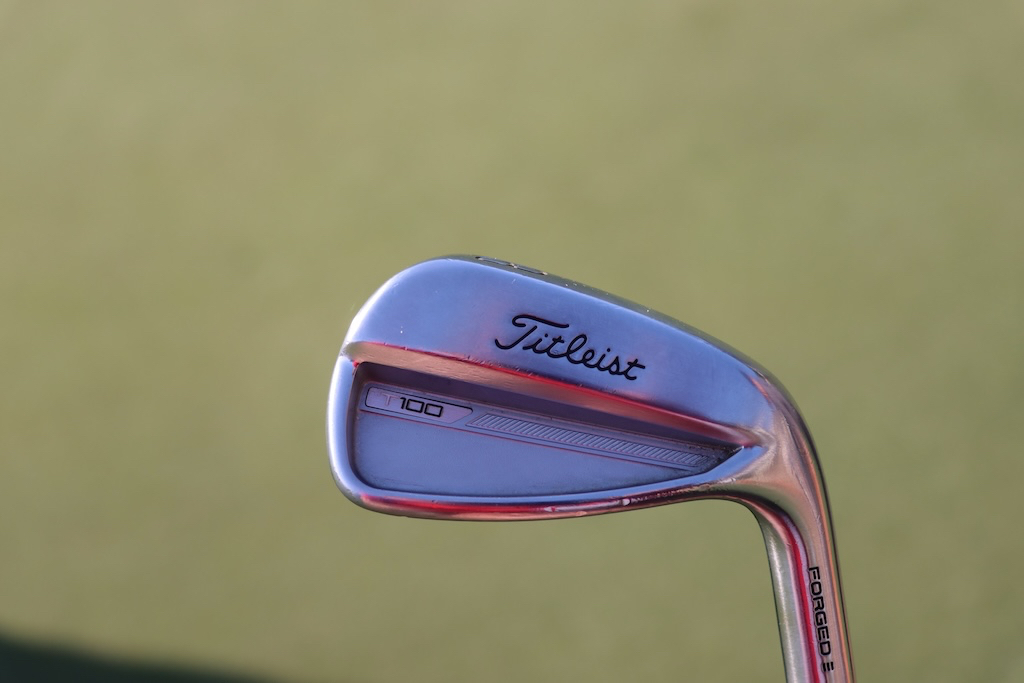
Wedges: Titleist Vokey Design SM10 (50-08F, 54-10S, 60-08M, 60-04T), WedgeWorks Proto (60-10V)
Shafts: KBS Tour 130 X
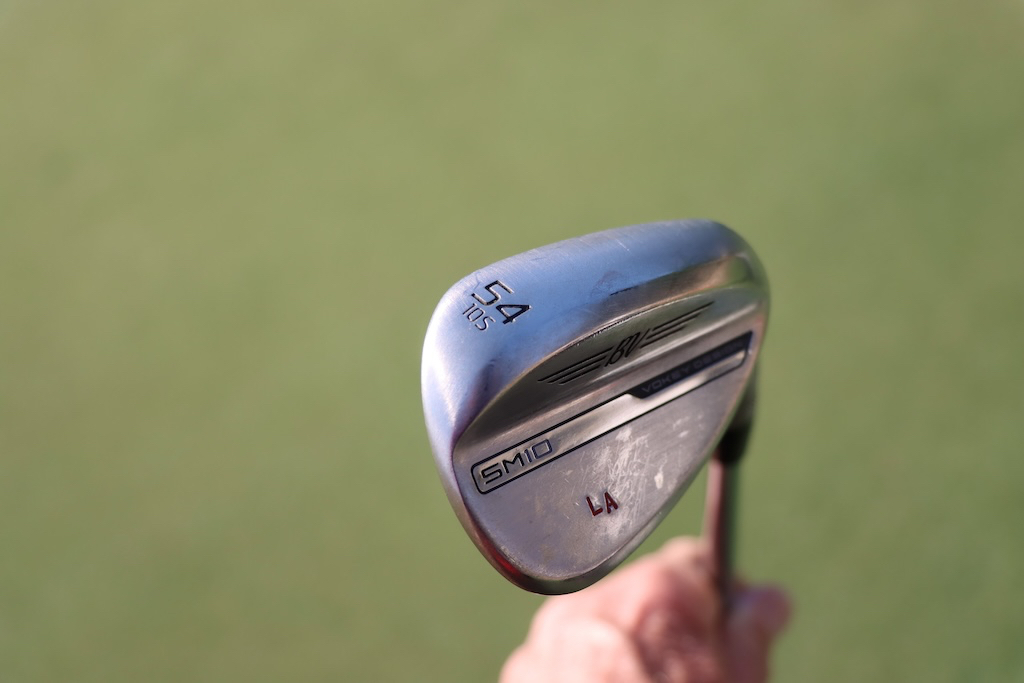
Putter: Odyssey White Hot Versa #1
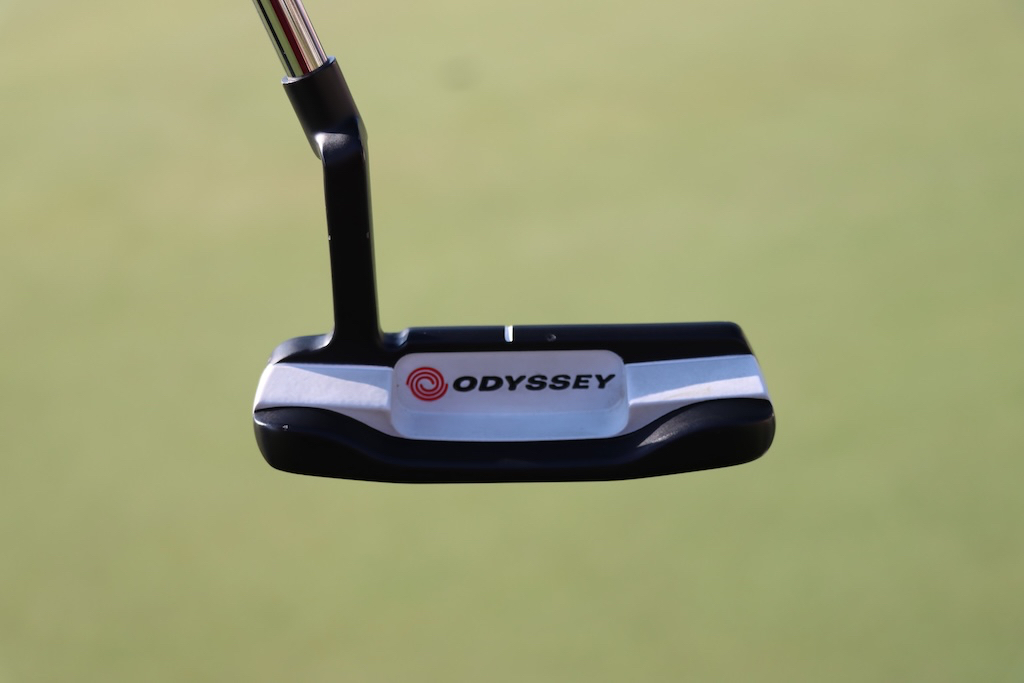
Grips: Golf Pride MCC
Ball: Titleist Pro V1x
Check out more in-hand photos of Ludvig Aberg’s clubs in the forums.
- LIKE11
- LEGIT1
- WOW1
- LOL0
- IDHT0
- FLOP0
- OB0
- SHANK0
-

 19th Hole7 days ago
19th Hole7 days agoDave Portnoy places monstrous outright bet for the 2024 Masters
-

 19th Hole2 weeks ago
19th Hole2 weeks agoThings got heated at the Houston Open between Tony Finau and Alejandro Tosti. Here’s why
-

 19th Hole1 week ago
19th Hole1 week agoTiger Woods arrives at 2024 Masters equipped with a putter that may surprise you
-

 19th Hole2 weeks ago
19th Hole2 weeks agoReport: Tiger Woods has ‘eliminated sex’ in preparation for the 2024 Masters
-

 19th Hole2 days ago
19th Hole2 days agoTwo star names reportedly blanked Jon Rahm all week at the Masters
-

 19th Hole2 days ago
19th Hole2 days agoNeal Shipley presser ends in awkward fashion after reporter claims Tiger handed him note on 8th fairway
-

 19th Hole2 weeks ago
19th Hole2 weeks agoAddiction, spinal fusion, and scam artists – Everything Anthony Kim revealed in candid interview with David Feherty
-

 19th Hole2 weeks ago
19th Hole2 weeks agoAnthony Kim says doctors told him that he ‘may not have much time left’ ahead of LIV return

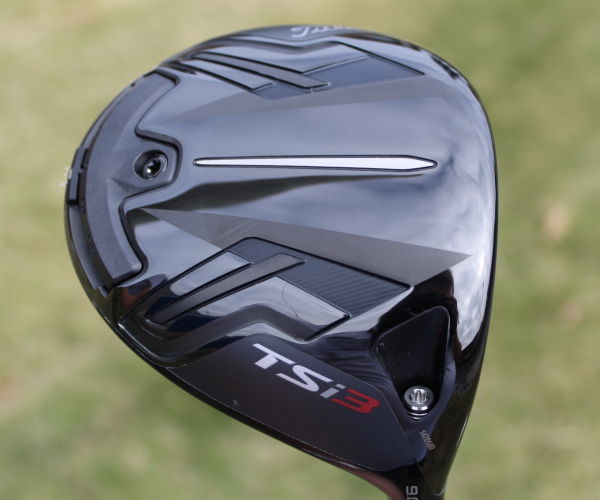
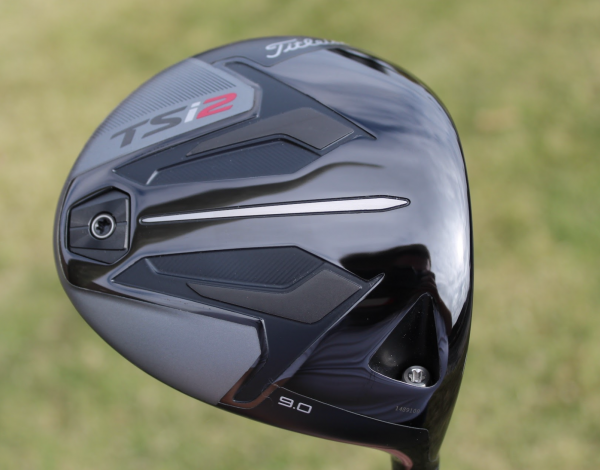
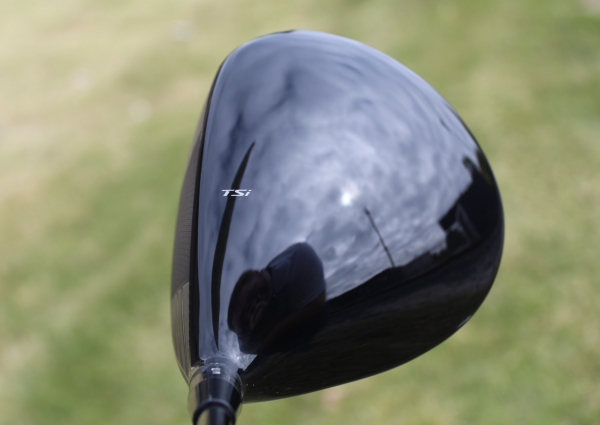
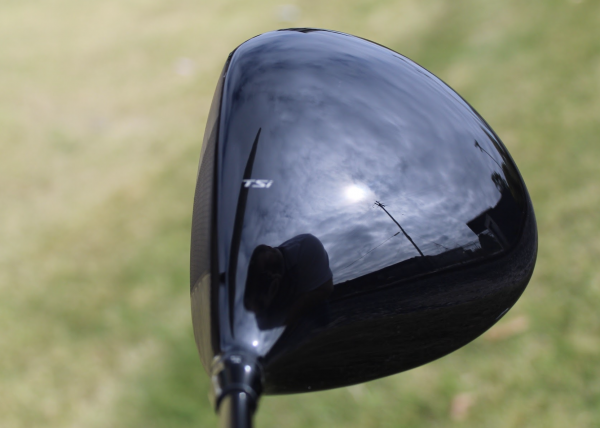








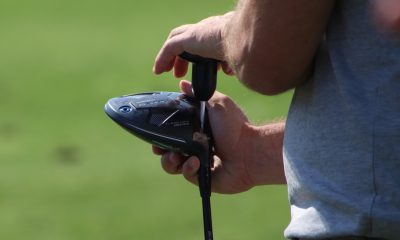

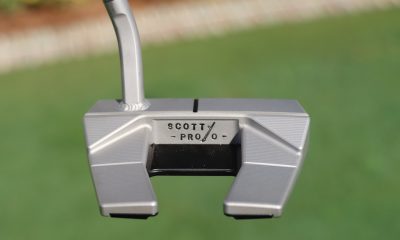













Pingback: GolfWRX Members Choice: Best driver of 2022 – GolfWRX
Pingback: Best driver 2022: Expert club fitters recommend the best driver for you – GolfWRX
Pingback: GolfWRX Members Choice: Best driver of 2021 – GolfWRX
Rich
Oct 18, 2020 at 3:52 pm
I don’t chase new clubs anymore, but I might have to take the TSi3 as a replacement for my 917D3.
Because of the USGA’s limit on COR, there really isn’t a lot more distance available through innovation. But there is still an opportunity to boost distance on mis-hits, and this line seems to want to do that by using a different material on the face that allows them to increase the COR near the perimeter of the clubface by making it thinner–yet retaining durability.
Most of your improvements these days have to do with fitting. I don’t know whether this club’s variability will be right for any particular golfer. For example, you can move the CG left and right to affect ball flight left and right, but you can’t move the CG up and back. You can also affect swing weight by swapping out 4g of weight (or adding 4g). Finally, you can do some loft and lie adjustments. Are these the variables YOU need to adjust? If not, keep shopping.
Wag
Oct 16, 2020 at 12:26 pm
Not a single precedent of successful driver launches before this one! Unprecedented success!!!!
Throwing that term without an abundance of caution these days, are we?
Jbone
Oct 15, 2020 at 10:36 pm
Still can’t match my 905S
dat
Oct 15, 2020 at 4:02 pm
Pricing is out of line for performance.